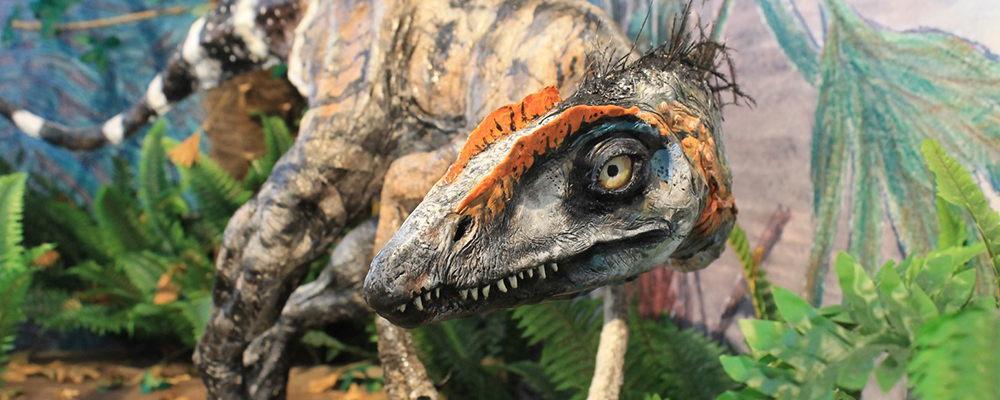Komlosaurus carbonis proved to be the most popular of the 3 candidates in the 2019 poll announced by the Geological Society of Hungary.
The mysterious dino
Komlosaurus carbonis, the winner of Mineral of the Year 2019, is also so special because it left only a trace of its feet. His bones haven’t come out to this day, so we can only make assumptions about his appearance. It was probably a primeval creature one and a half to two feet tall, up to 3 feet long, that walked on two legs and ate plants.
The celebrity of the Mecsek
About 200 million years ago, in the second period of the Middle Ages (Mesozoic), at the beginning of the Jurassic, this dinosaur lived in the Mecsek. At that time, the central mountains rose as an island from the sea that filled most of the Great Plain basin, the swampy shore of which was dotted with ferns and bog forests. Komlosaurus left its mark on the muddy, swampy, coastal soil, which was first discovered by modern man in the 20th century. in the second half of the twentieth century. The discovery is named after the geologist György Wein, who in 1966 found some fossilized Komlosaurus footprints in the vicinity of Pécs, on the Pécs-vasasi excavation.
Another significant breakthrough took place in the early 80’s: hundreds of footprints of this primitive creature were found in the vicinity of Komló. László Kordos, a geologist and paleontologist, described the species in 1983 and named this primeval creature Komlosaurus carbonis. Its genus name refers to the mining town of Baranya, it got its species name and carbonis after the Latin name of coal, carbonium.
In the footsteps of dinosaurs in Hungary
The first-place finisher of the Year 2019 deservedly became the most popular fossil this year. The discovery of Komlosaurus in the last century was a real sensation, as until then hardly any vertebrate fossils were found in Hungary from the Mesozoic. They, too, were mostly marine vertebrates.
This is not surprising considering the fact that at that time most of the territory of our country was covered by the sea.
For a long time, only the footprints of Komlosaurus proved that dinosaurs lived in Hungary as well. Another discovery had to wait until 2000, when the lumbar vertebra of another primitive creature, Hungarosaurus, was found in the Bakony. This was followed by the appearance of several other dinosaur finds on the surface. Their common feature, compared to related species, is their smaller body size, which was thought to be a consequence of the small habitat (islands) available to them.


